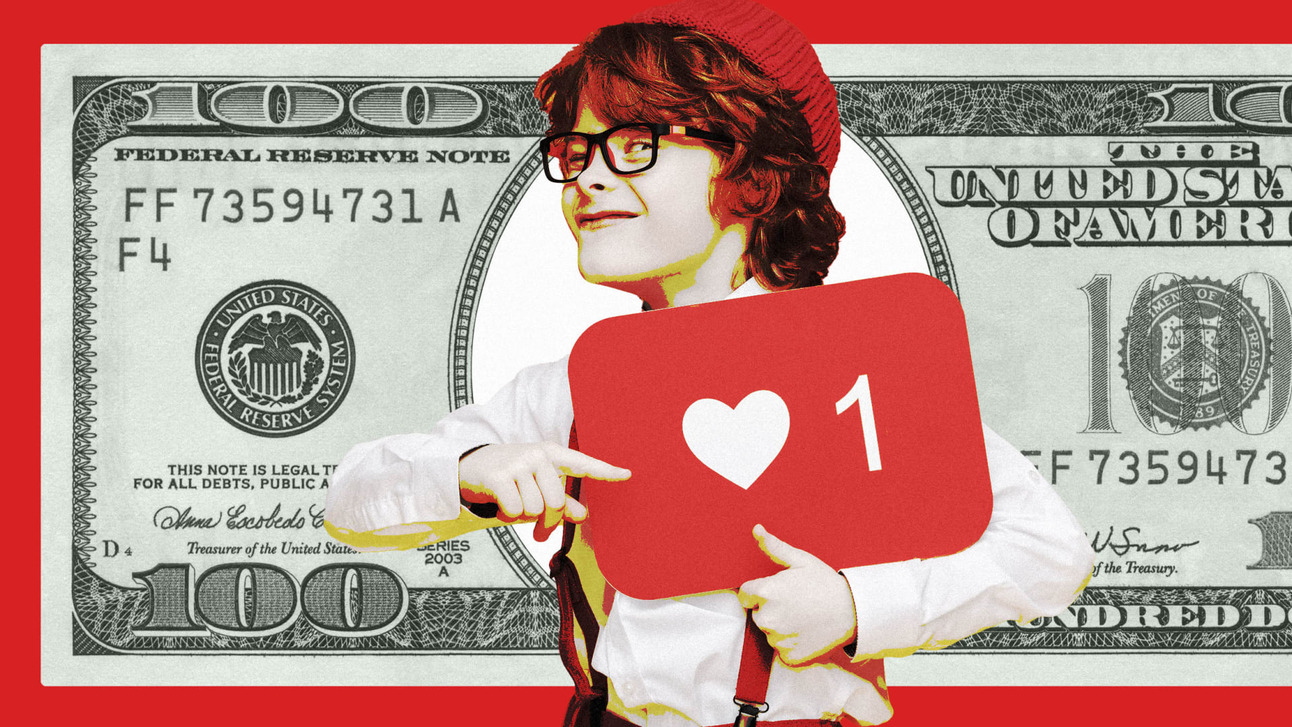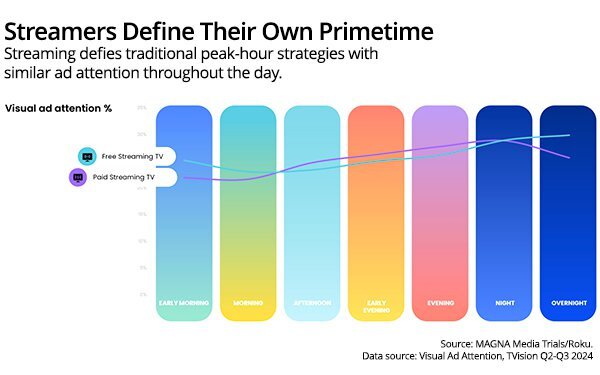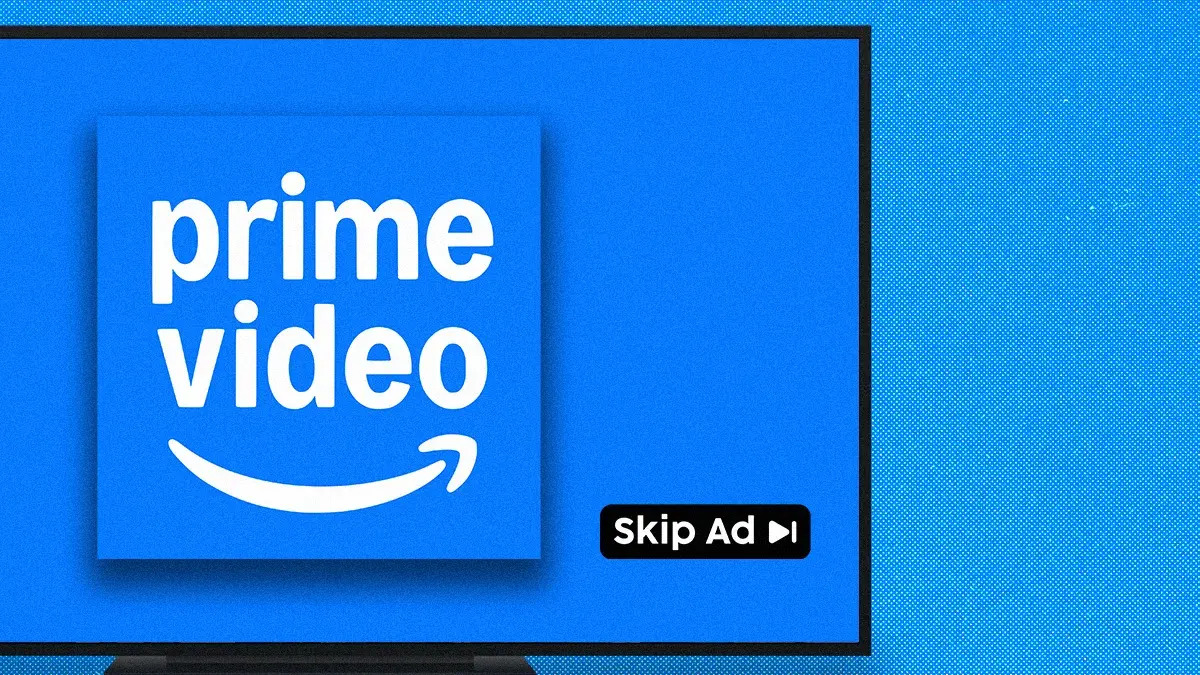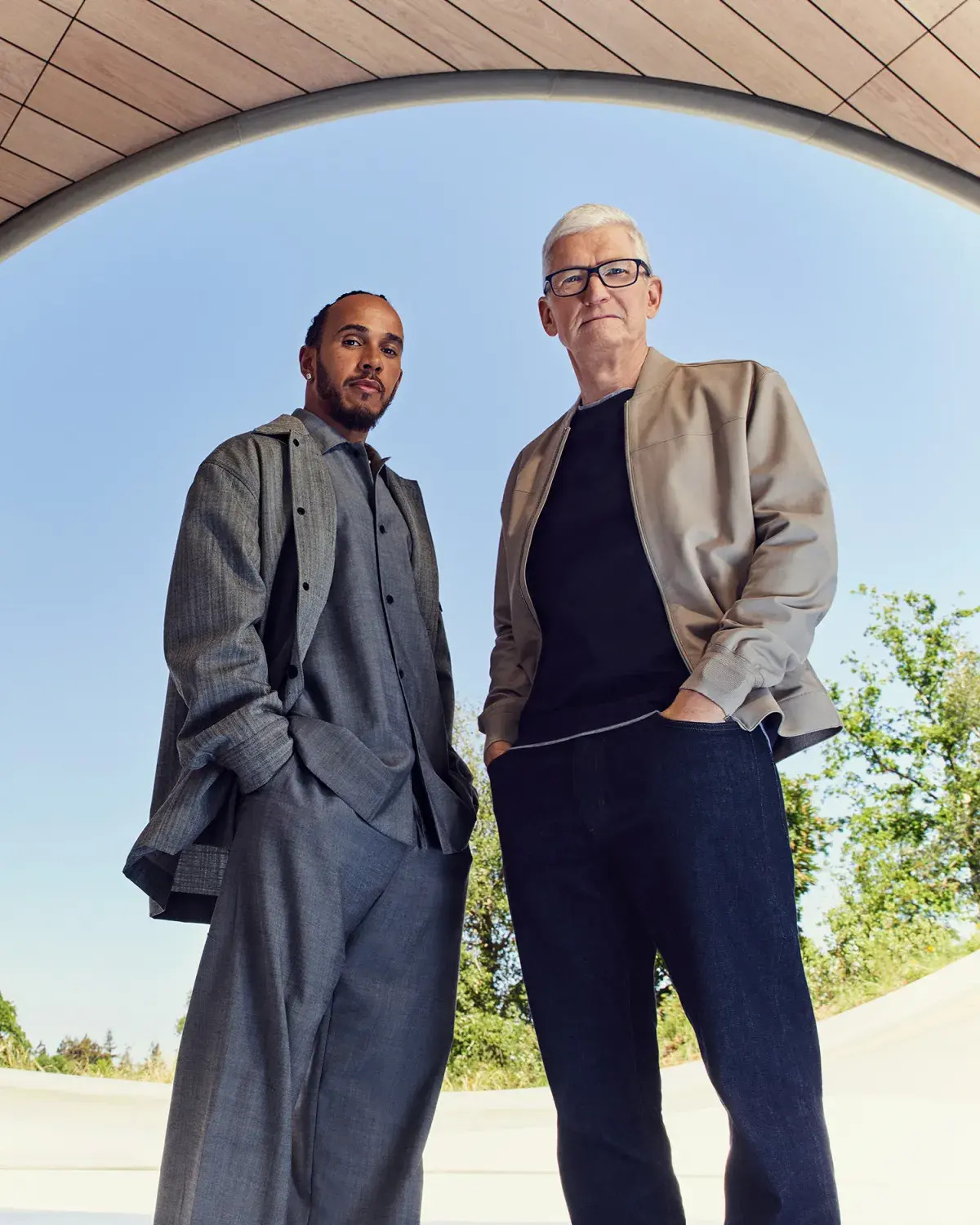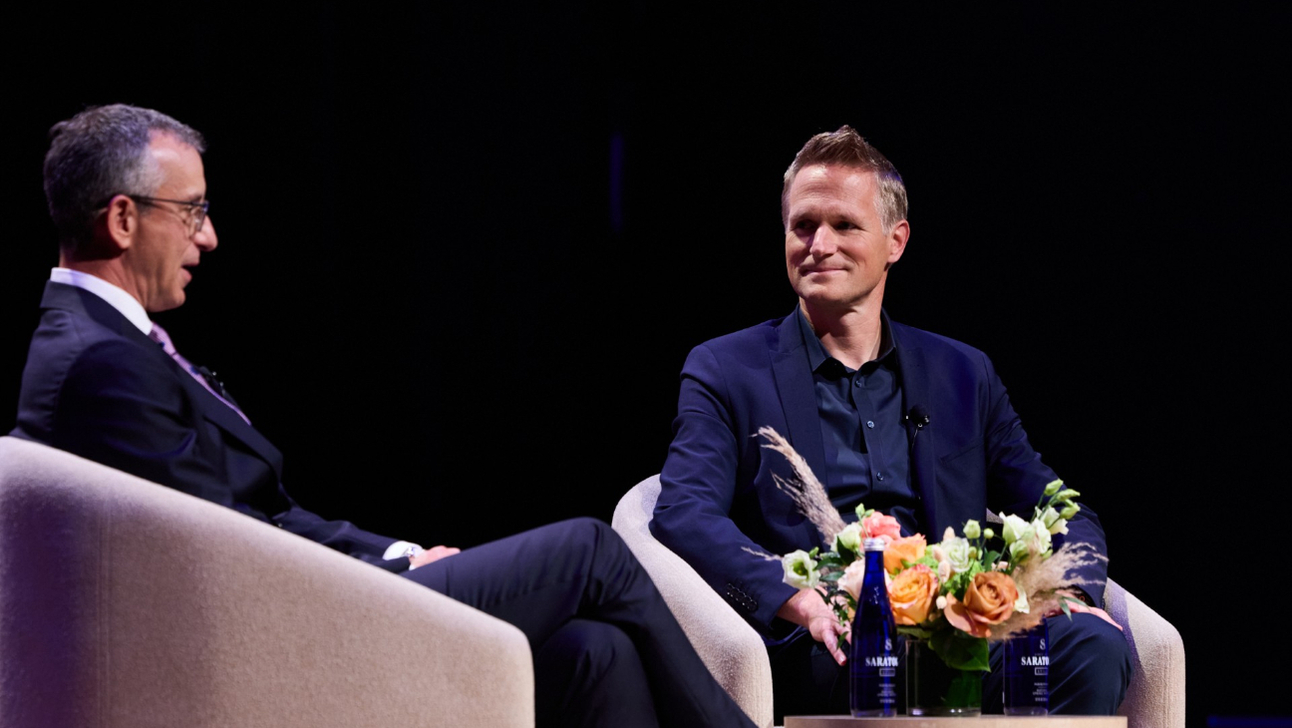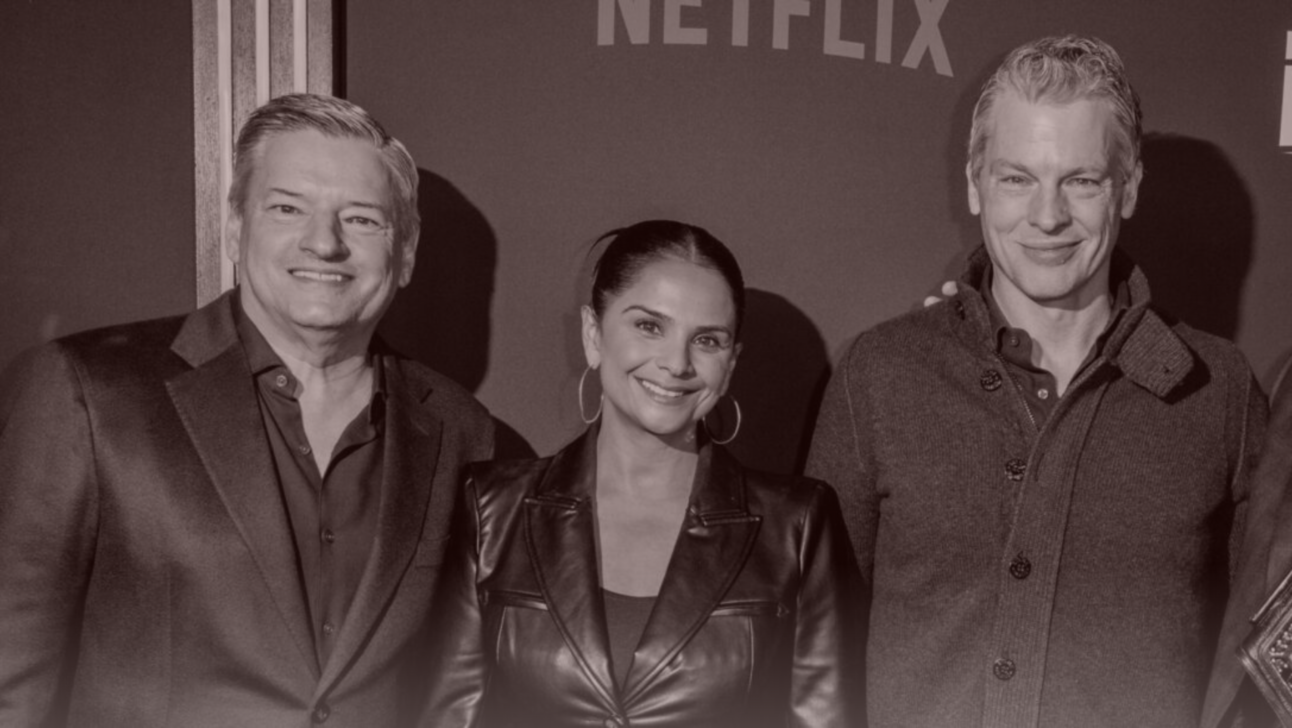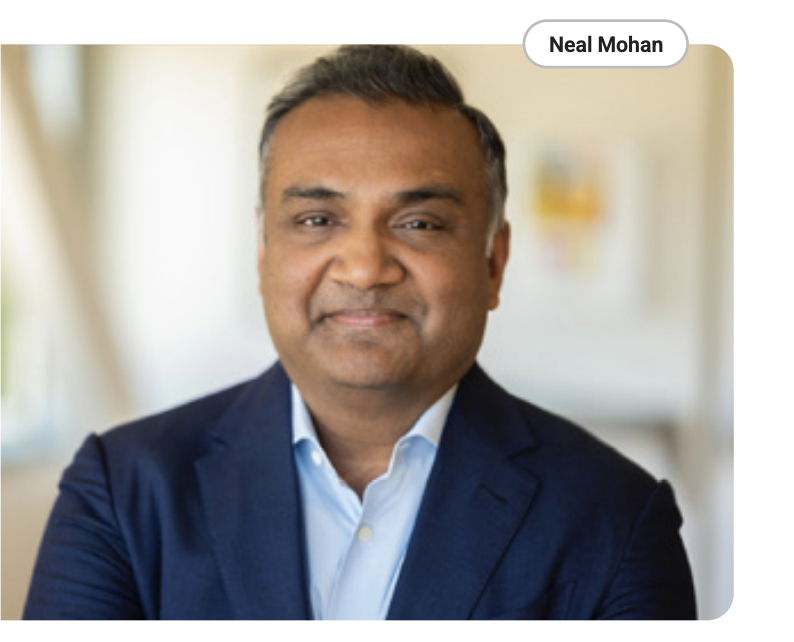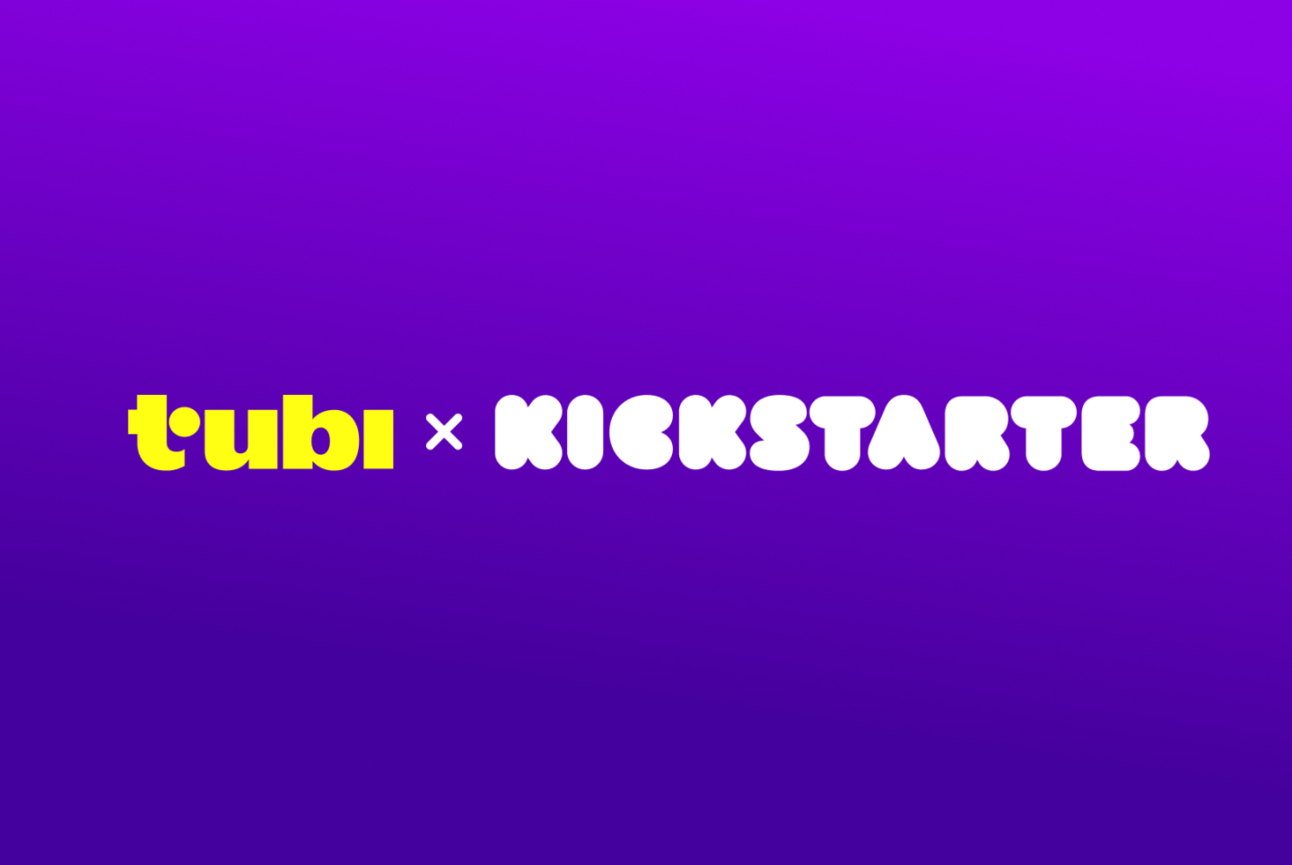- The 10 Things Newsletter
- Posts
- Exploring YouTube's Impact on the Creator Economy
Exploring YouTube's Impact on the Creator Economy
Plus: Netflix’s Great Ad‐Tier Migration

Hey there—Ryan here in sunny LA ☀️. Here’s what I’m tracking today across entertainment, tech, and marketing:
Gen Alpha isn’t waiting for college—or even a driver’s license—to start building their brand. From Roblox fashion designers to tween YouTubers with six-figure sponsors, today’s kids are monetizing creativity before they hit high school. Meanwhile, the grown-up creator economy is grappling with shifts too, as YouTube drops fresh data on its outsized impact, and Netflix nudges more users into its ad-supported lane.
Over in the ad trenches, Prime Video is doubling its ad load (yes, really), just as a new study touts streaming ad “exposures” as prime attention-grabbers. Apple Music’s Oliver Schusser is calling free music tiers “crazy,” while Kickstarter-backed films are finding a surprising new home: Tubi.
And Hollywood power plays keep unfolding—Warner Bros. Discovery is eyeing a corporate split, Apple is gearing up for an F1-themed blockbuster, and MUBI might just be morphing into the next big indie disruptor.
More below. 👇
Thanks for reading! Enjoyed this edition? Share it with a friend or colleague!
Was this forwarded to you? Sign up here to receive future editions directly in your inbox.
Support the Newsletter: If you’d like to support my work, consider contributing via Buy Me a Coffee.
Stay Connected: For more insights and updates, visit my website or follow me on LinkedIn, YouTube, and TikTok.
Work with Me: Interested in partnering with me on sponsored content, consulting/advising, or speaking and workshops? Get in touch here.
How was today's newsletter?Feedback helps me improve! |
